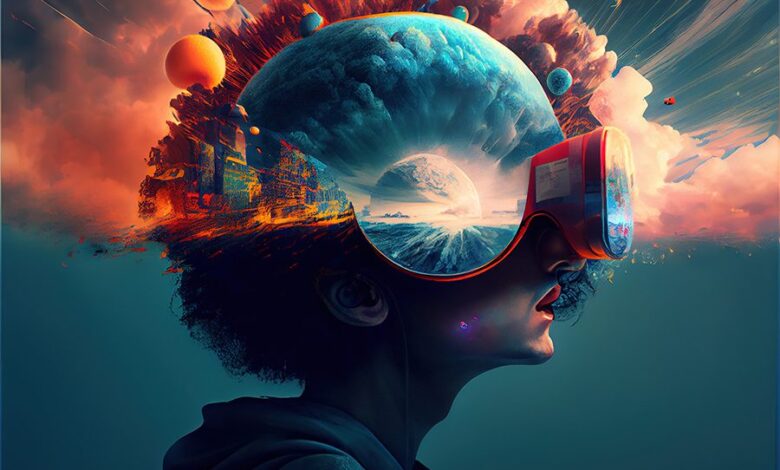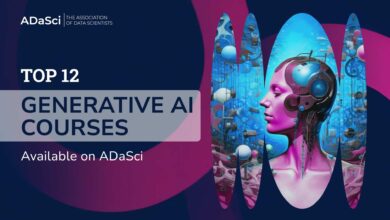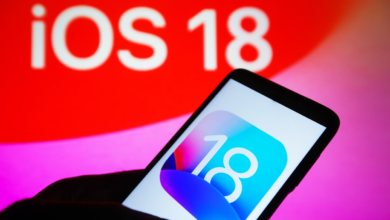How the Hospitality Industry Can Implement Generative AI

John Duffield of Signal Two, a company that helps brands leverage next-generation technology, virtually presented at HD Expo + Conference 2024 in Las Vegas.
In the Generative AI Meets Hospitality: What To Do Now to Stay Ahead session, he walks through how our industry can harness generative AI.
1. Get educated about AI
Duffield shares his go-to sources of reading and educational courses. These include a free course called AI for Everyone by Andrew Ng, who is considered one of the godfathers of AI education. Google also offers introductory resources to AI and large language models. Duffield himself also has done his fair share of writing on the subject, including how to prepare for AI’s impact on jobs and how adopting AI for organizational resilience is key.
2. Don’t be afraid to experiment
Explore AI tools like ChatGPT and Midjourney. During the session, Duffield feeds ChatGPT prompts to generate design information. “You have to set the context,” he explains. “You have to tell it how to act and what pockets of intel from the internet to pull from. You’ll see some really interesting things.” Going beyond text-based prompts, you can feed images into the systems to produce a more specific design visual.
3. See AI as a virtual assistant
Take it a step further by conversing with the AI tools. Duffield encourages “clients and students to not stop with the single prompt. You’ve got to have back and forth dialogue” to get closer to your envisioned space. “This is my thought partner,” he continues. “This is my virtual assistant. This is not particularly trained on hotel trends and design styles and themes, but I’m using my narrowing focus and avenues of interrogation to help it think specifically.”
4. Utilize various AI tools
Next, you can the newly consolidated information generated by ChatGPT and create dynamic visuals of the spaces. To showcase this point, Duffield shares AI-generated images produced by specific back and forth prompts via Midjourney. He shows two AI-generated sample spaces—in the styles of Zaha Hadid and Wes Anderson—and even directed it to “use” the specific camera model the images should appear to be taken with.
It doesn’t stop there. “Oftentimes, we need to give life, give movement, breathe a sense of earth into our design,” Duffield says as he pulls up an image of bungalows situated on stilts in the ocean in program Runway. With a few brush strokes and some rendering time, the clouds in the sky and the ocean currents drift across the image, bringing the entire vision to life.
5. Customize the models to your needs
Once you’re familiar with the AI tools that work for you, start integrating them into your workflows and tailor them to your brand narrative. Create guidelines for the tools so that every piece of information or imagery that is generated complies with the brand standards (which could mean uploading an entire brand guideline document into the systems). Beyond brand standards, you can also train the models to adhere to more specific criteria, such as customer requirements, design trends, or project frameworks.
“We’re irreplaceable,” Duffield concludes, “but the power of AI and humans together is something very, very special.”
More from HD:
Mu Feng Yue Hot Spring Hotel Illuminates the Power of Water
What I’ve Learned Podcast: David Barry, Urby
Ometeo Roots Itself in Texan and Mexican Influences



